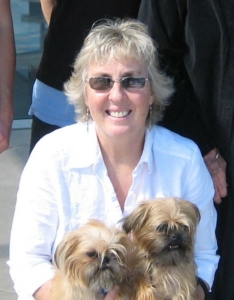
Van Cline’s art process combines photosensitive and cast glass. After visiting Kodak, 1979, she began to utilize a film emulsion on glass, while completing her MFA at Massachusetts College of Art, Boston. In 1983, she was an inaugural fellow at Wheaton Glass Industries, NJ, helping to develop a program allowing artists in their glass factory, and was invited back as a Masterwork artist, 1990. In 1987, she was the youngest artist awarded the NEA/Japan US Friendship Commission Award, where she traveled while photographing Japan for six months. She won the Fujita Prize, at the inaugural opening of the Glasmuseum in Denmark, 1988. In 1993, she was commissioned by Arts America, a branch of USIA to fabricate a large glass installation that traveled to 14 venues in S.E. Asia, after its inaugural opening at Cincinatti Art Museum. One of 13 Americans, she was included in Aperto Vetro, Museo Correr, Venice, Italy, 1996, co-curated by the British/Italian Government. In 1998, she won the Grand Prize at Kanazawa Museum, Japan. In 2001, she worked with Dupont Industries Headquarters, developing photographic imagery encasing safety glass for a large commission at a private residence in Tel Aviv.
Using industry is an important part of her creative technique, whether it is an aerospace industry etching photographs on seven feet bronze slabs, using an intelligent computer lighting system to project her moving images up to 50 foot in height, or being invited into Schott North American Glass Industries to use their glass furnaces to cast photosensitive glass prisms for her architectural scale photo vessels. In 2007, wanting to expand her realistic glass castings, she moved close to a bronze foundry to learn mold making techniques, which she adapted to fabricate life sized figures into ivory sugar glass, a process she invented using time- heat compression in a kiln. A detailed interview of her art journey was recorded in 2010 for the Oral History Program, National Archives of American Art, Smithsonian Institution, Washington, D.C

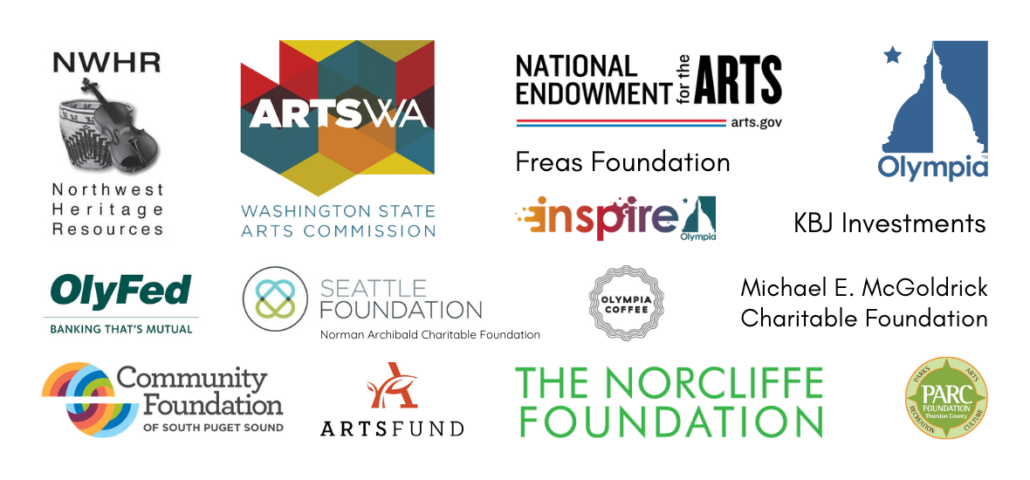
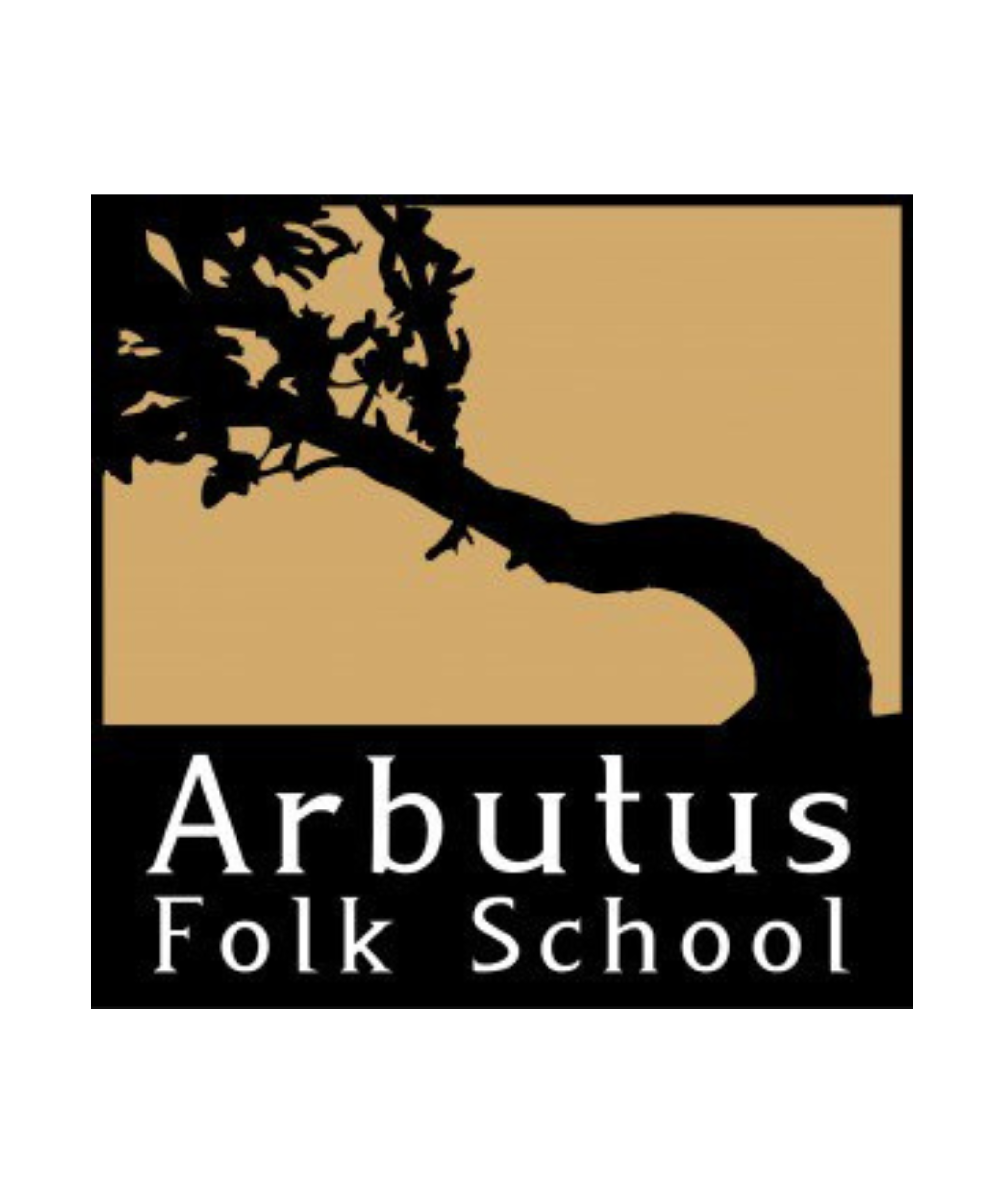

 Born and raised on the mountains and shores of the Pacific Northwest, Allie Robins has been exploring various art forms since her youth. Her longtime passion for woodworking was further fueled by studying sculpture in Europe, and establishing a tree farm in western Washington.
Born and raised on the mountains and shores of the Pacific Northwest, Allie Robins has been exploring various art forms since her youth. Her longtime passion for woodworking was further fueled by studying sculpture in Europe, and establishing a tree farm in western Washington.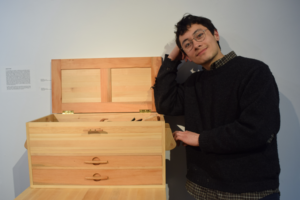
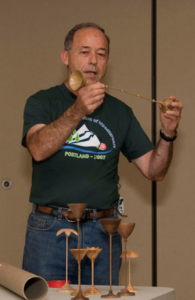 I make what I like to call “Functional Art”. These are items turned on a lathe from reclaimed/recycled wood that have a functional use, yet reflect the natural beauty of the wood. I’ve been teaching woodturning to ages from 7 to 70 for the past 12 years. I mentor other woodturners, am the founder and past-president of the Olympia, Washington woodturning club. I volunteer with the local high school wood shop where we have several students learning to turn wood, and I chair the annual youth program for the American Association of Woodturners (AAW) Symposium. I’m often called to make specialty items and do restorations work to order.
I make what I like to call “Functional Art”. These are items turned on a lathe from reclaimed/recycled wood that have a functional use, yet reflect the natural beauty of the wood. I’ve been teaching woodturning to ages from 7 to 70 for the past 12 years. I mentor other woodturners, am the founder and past-president of the Olympia, Washington woodturning club. I volunteer with the local high school wood shop where we have several students learning to turn wood, and I chair the annual youth program for the American Association of Woodturners (AAW) Symposium. I’m often called to make specialty items and do restorations work to order.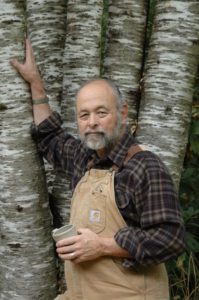 Terry Liberty is a long time woodworking enthusiast having started in his dad’s home workshop as a child. Although not a professional, Terry has built several of the furniture pieces in his home. His work includes an eight foot woodworking bench, a drop-leaf dining room table, a free standing entertainment center, print cabinet, pencil post bed, dresser, display cabinet, work tables, spice racks and several decorative boxes for friends and family. His current project is a secretary desk made of big leaf maple. Terry’s major inspiration came from his father and from the writings of James Krenov. His hope is to impart some of his knowledge and inspiration to other potential woodworkers and to learn from them as well.
Terry Liberty is a long time woodworking enthusiast having started in his dad’s home workshop as a child. Although not a professional, Terry has built several of the furniture pieces in his home. His work includes an eight foot woodworking bench, a drop-leaf dining room table, a free standing entertainment center, print cabinet, pencil post bed, dresser, display cabinet, work tables, spice racks and several decorative boxes for friends and family. His current project is a secretary desk made of big leaf maple. Terry’s major inspiration came from his father and from the writings of James Krenov. His hope is to impart some of his knowledge and inspiration to other potential woodworkers and to learn from them as well. Alex Hill has been woodworking for 13 years.
Alex Hill has been woodworking for 13 years. 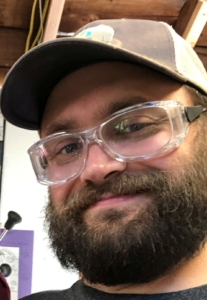 John Chernoff is a long time resident of Olympia and a graduate of The Evergeen State College. He has worked as a theater technician, remodel carpenter and now currently teaches Shop & Robotics at Jefferson Middle School in Olympia. When not assisting students with bird houses and toolboxes John likes to build projects that fit the needs of the client and will last lifetimes. Currently building a workbench his next project will be cabinet doors for his home and a cedar fence for a client. John is eager to bring foundational woodworking skill, techniques and enthusiasm to a wider audience through the Arbutus Folk School.
John Chernoff is a long time resident of Olympia and a graduate of The Evergeen State College. He has worked as a theater technician, remodel carpenter and now currently teaches Shop & Robotics at Jefferson Middle School in Olympia. When not assisting students with bird houses and toolboxes John likes to build projects that fit the needs of the client and will last lifetimes. Currently building a workbench his next project will be cabinet doors for his home and a cedar fence for a client. John is eager to bring foundational woodworking skill, techniques and enthusiasm to a wider audience through the Arbutus Folk School.
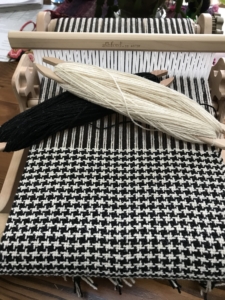 I began weaving on a rigid heddle on January 1, 2016. I’ve been teaching classes since May 2017 after taking many classes myself. I have also taken up weaving on four & eight shaft floor looms. Some other classes I’ve taken are Coast Salish weaving utilizing twining and twilling techniques and tapestry weaving.
I began weaving on a rigid heddle on January 1, 2016. I’ve been teaching classes since May 2017 after taking many classes myself. I have also taken up weaving on four & eight shaft floor looms. Some other classes I’ve taken are Coast Salish weaving utilizing twining and twilling techniques and tapestry weaving.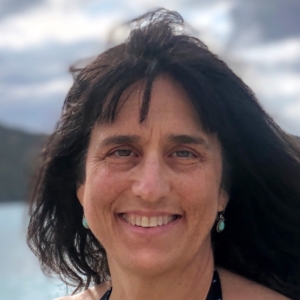 Liz Frey’s weaving career began in a community weaving class in 1980 while she was still a student at The Evergreen State College. She enjoyed success throughout the 90s designing and selling wearable art – showing nationally at craft and trade shows. Frey later returned to school to gain her Master of Fine Arts with an emphasis on fiber art from the University of Washington. Since that time, she has taught Art History and studio art classes at Centralia College while maintaining her studio practice creating felted, dyed, and woven artwork.
Liz Frey’s weaving career began in a community weaving class in 1980 while she was still a student at The Evergreen State College. She enjoyed success throughout the 90s designing and selling wearable art – showing nationally at craft and trade shows. Frey later returned to school to gain her Master of Fine Arts with an emphasis on fiber art from the University of Washington. Since that time, she has taught Art History and studio art classes at Centralia College while maintaining her studio practice creating felted, dyed, and woven artwork.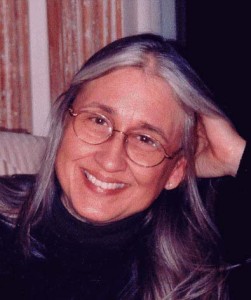 While stitching by her grandma’s knee at age 4, Bobbi developed a lifelong passion for needlework. She pursued it through her college career, volunteered at a number of museums, wrote magazine articles, delivered lectures, and has taught over 30 years. Specializing in “vintage” fine hand sewing techniques, with particular interest in costuming and embellishment, it remains a passion.
While stitching by her grandma’s knee at age 4, Bobbi developed a lifelong passion for needlework. She pursued it through her college career, volunteered at a number of museums, wrote magazine articles, delivered lectures, and has taught over 30 years. Specializing in “vintage” fine hand sewing techniques, with particular interest in costuming and embellishment, it remains a passion. Cheryl Upshaw has been knitting for 16 years, and teaching the craft to friends and family for at least 12. Her lace shawl was awarded the Champion ribbon in the Home Arts category at the 2022 Thurston County Fair and was given Honorable Mention at the Washington State Fair that same year.
Cheryl Upshaw has been knitting for 16 years, and teaching the craft to friends and family for at least 12. Her lace shawl was awarded the Champion ribbon in the Home Arts category at the 2022 Thurston County Fair and was given Honorable Mention at the Washington State Fair that same year.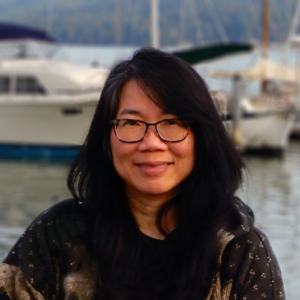
 Kirsten is an artist and naturalist based in Olympia, Washington. She was born and raised in Kirkland, Washington and learned to sew and knit from her knitting-obsessed mother at a very young age.
Kirsten is an artist and naturalist based in Olympia, Washington. She was born and raised in Kirkland, Washington and learned to sew and knit from her knitting-obsessed mother at a very young age.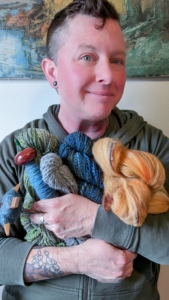 20 years ago, I saw someone spinning yarn for the first time and became hooked. I immediately set myself to learning all that I could about this fascinating craft, which is one of the oldest arts in the world. Nowadays I spin on a drop spindle, support spindle, electric and treadle spinning wheel. I work as a professional fiber artist, selling my handspun yarn, hand dyed yarn, handwoven goods, and sewn recycled cashmere accessories at my craftsperson booth at Olympia Farmers Market and a few shops around town. I have a deep interest in textile archeology and folklore alongside a passion for sharing spinning as both an ancient and a modern living craft.
20 years ago, I saw someone spinning yarn for the first time and became hooked. I immediately set myself to learning all that I could about this fascinating craft, which is one of the oldest arts in the world. Nowadays I spin on a drop spindle, support spindle, electric and treadle spinning wheel. I work as a professional fiber artist, selling my handspun yarn, hand dyed yarn, handwoven goods, and sewn recycled cashmere accessories at my craftsperson booth at Olympia Farmers Market and a few shops around town. I have a deep interest in textile archeology and folklore alongside a passion for sharing spinning as both an ancient and a modern living craft.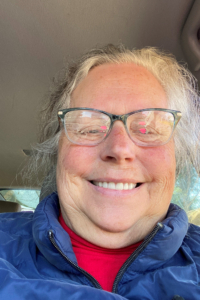 Fiber Arts Artist-in-Residence
Fiber Arts Artist-in-Residence Ceramics Studio Manager
Ceramics Studio Manager
 Jane and David Stone have a long history of working together in ceramics. Both studied with internationally recognized potter and teacher Marguerite Wildenhain at Pond Farm Pottery and worked together as full-time potters in the Midwest for a number of years. Both taught in the Olympia area for many years: Jane as a professor of art history and studio art at SPSCC and David as a special education teacher in the North Thurston Public Schools. They now enjoy spending time in their home studio and teaching ceramics together at Arbutus.
Jane and David Stone have a long history of working together in ceramics. Both studied with internationally recognized potter and teacher Marguerite Wildenhain at Pond Farm Pottery and worked together as full-time potters in the Midwest for a number of years. Both taught in the Olympia area for many years: Jane as a professor of art history and studio art at SPSCC and David as a special education teacher in the North Thurston Public Schools. They now enjoy spending time in their home studio and teaching ceramics together at Arbutus.

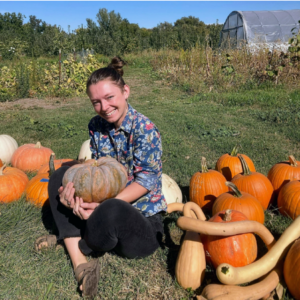 Lindsey is a production potter and the owner of
Lindsey is a production potter and the owner of 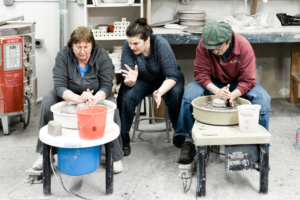
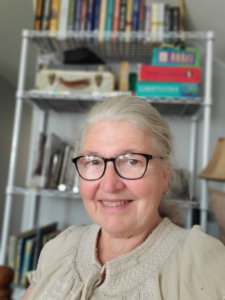
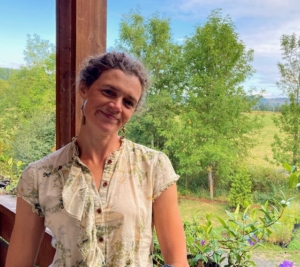
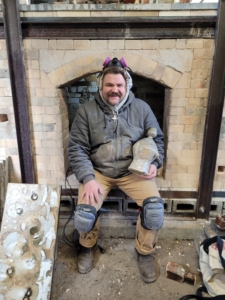

 I have been a professional sculptor since 1984. I have participated in international stone symposiums in the United States, Ukraine, Lithuania, and Hungary. My work is in private, city, and corporate collections in the United States, Canada, England, Ireland, Ukraine, Lithuania, Italy, Hungary, Australia and Brazil. The American Embassy in Lithuania and the art museum in Nikolaev, Ukraine and in Budapest, Hungary have works of mine in their collections.
I have been a professional sculptor since 1984. I have participated in international stone symposiums in the United States, Ukraine, Lithuania, and Hungary. My work is in private, city, and corporate collections in the United States, Canada, England, Ireland, Ukraine, Lithuania, Italy, Hungary, Australia and Brazil. The American Embassy in Lithuania and the art museum in Nikolaev, Ukraine and in Budapest, Hungary have works of mine in their collections.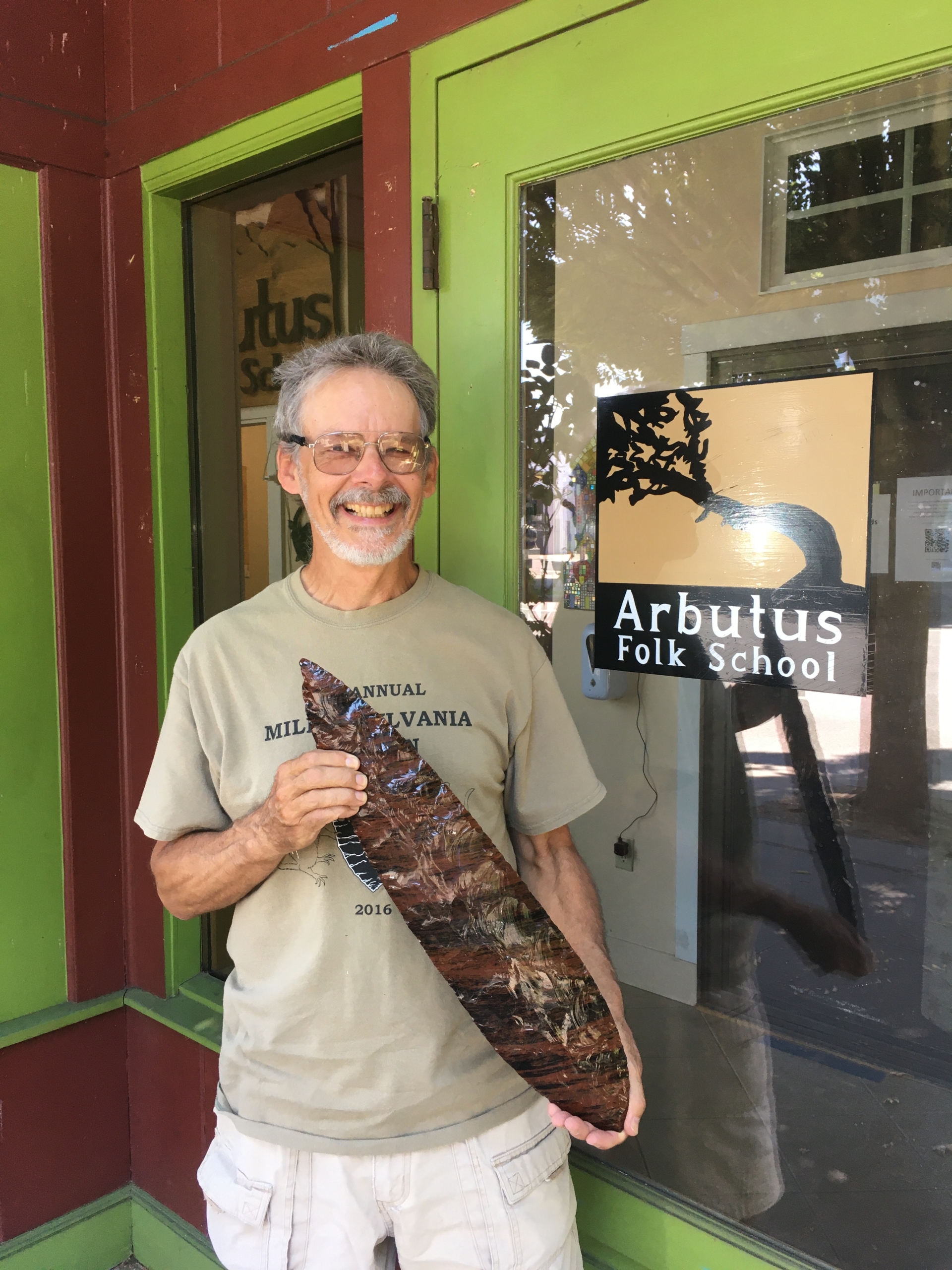
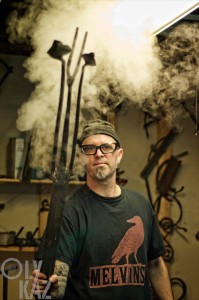 Kelly first moved to Olympia in 1988 to attend The Evergreen State College, where he was able
Kelly first moved to Olympia in 1988 to attend The Evergreen State College, where he was able  Ben Luca Robertson is a composer, experimental luthier, and co-founder of the independent record label, Aphonia Recordings. Growing up in Eastern Washington, impressions of Ponderosa pine trees, channeled scablands, and relics of boomtown decay bear a haunting influence upon his music. Therein, his creative approach reflects an interest in landscape and biological systems—often supplanting narrative structure with an emphasis on the physicality of sound and place. Recently, Ben collaborated with regional biologists to convey scientific data from migrating Chinook salmon using sound (sonification) and has composed chamber music based upon data from rare snake species’. In addition to composing for acoustic and electronic ensembles, Ben designs and constructs his own bespoke instruments and microtonal scales. As an instructor, he is passionate about sharing his love for the physical properties of sound, instrument design, just intonation, and tuning theory. Ben holds a PhD in Music Composition and Computer Technologies from the University of Virginia, an M.A. in Music Composition from Eastern Washington University, and a B.A. from the Evergreen State College. He currently teaches music and audio production at Pierce College.
Ben Luca Robertson is a composer, experimental luthier, and co-founder of the independent record label, Aphonia Recordings. Growing up in Eastern Washington, impressions of Ponderosa pine trees, channeled scablands, and relics of boomtown decay bear a haunting influence upon his music. Therein, his creative approach reflects an interest in landscape and biological systems—often supplanting narrative structure with an emphasis on the physicality of sound and place. Recently, Ben collaborated with regional biologists to convey scientific data from migrating Chinook salmon using sound (sonification) and has composed chamber music based upon data from rare snake species’. In addition to composing for acoustic and electronic ensembles, Ben designs and constructs his own bespoke instruments and microtonal scales. As an instructor, he is passionate about sharing his love for the physical properties of sound, instrument design, just intonation, and tuning theory. Ben holds a PhD in Music Composition and Computer Technologies from the University of Virginia, an M.A. in Music Composition from Eastern Washington University, and a B.A. from the Evergreen State College. He currently teaches music and audio production at Pierce College. I make thrown and hand-built pottery at the home studio I share with my husband, Alan, in Tenino. Alan has devoted much of his life to thrown functional and decorative stoneware pottery and is sharing this with me as we develop our pottery business. I try to meet each student where they are and work with them to find projects that are engaging. I draw on my experience working with children with autism and in various other art forms. I hope to provide students with lasting problem-solving and ceramics techniques while learning from their creative interests as well.
I make thrown and hand-built pottery at the home studio I share with my husband, Alan, in Tenino. Alan has devoted much of his life to thrown functional and decorative stoneware pottery and is sharing this with me as we develop our pottery business. I try to meet each student where they are and work with them to find projects that are engaging. I draw on my experience working with children with autism and in various other art forms. I hope to provide students with lasting problem-solving and ceramics techniques while learning from their creative interests as well. I was born and raised in Berkeley California, where I first took ceramics classes as a young child. I always loved the medium and as an adult I began working at the same studio where I took classes as a kid. I taught at that studio for two years before moving to the Pacific Northwest. I aim to give students the same experience with ceramics that made me fall in love with it as a child. In my personal work I focus on marbled pieces using colored porcelain. I primarily make functional pottery, but also occasionally make sculptural work and purely decorative pottery.
I was born and raised in Berkeley California, where I first took ceramics classes as a young child. I always loved the medium and as an adult I began working at the same studio where I took classes as a kid. I taught at that studio for two years before moving to the Pacific Northwest. I aim to give students the same experience with ceramics that made me fall in love with it as a child. In my personal work I focus on marbled pieces using colored porcelain. I primarily make functional pottery, but also occasionally make sculptural work and purely decorative pottery.
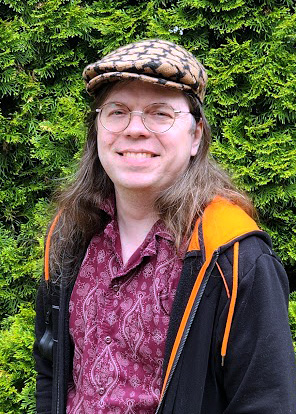 I am a lifelong crafter who started seriously working with leather almost two decades ago. I have run the gamut from wallets and coasters, to recreating aviator caps and bags from video games. I love creating my own patterns and building things that make me happy. I am largely self taught, with tips and advice from my local leather shop over the years.
I am a lifelong crafter who started seriously working with leather almost two decades ago. I have run the gamut from wallets and coasters, to recreating aviator caps and bags from video games. I love creating my own patterns and building things that make me happy. I am largely self taught, with tips and advice from my local leather shop over the years.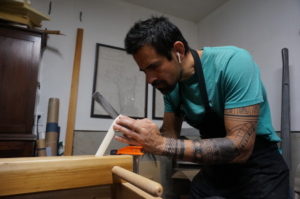
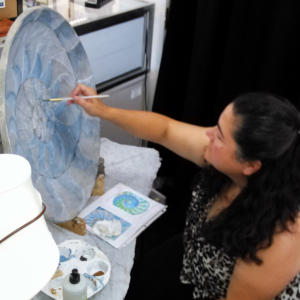 I am a self-taught artist. The thought of painting on canvas, drawing on paper, wood or metal, has not motivated me as much as using an industrial media in new ways. I love the old statues and lost arts.
I am a self-taught artist. The thought of painting on canvas, drawing on paper, wood or metal, has not motivated me as much as using an industrial media in new ways. I love the old statues and lost arts.